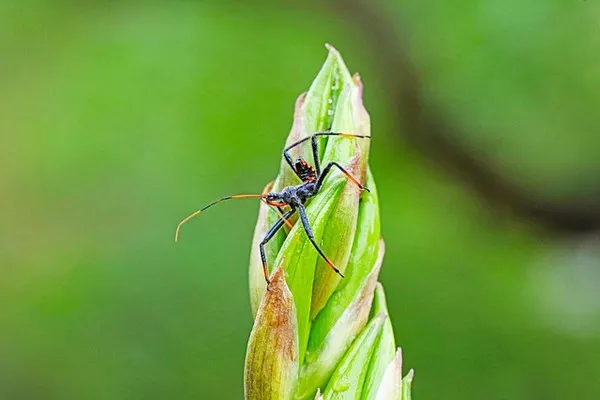The iconic banksias, synonymous with the Australian bush, have roots that trace back to North Africa, according to a groundbreaking study published in Perspectives in Plant Ecology, Evolution and Systematics. The research, conducted by experts from the Xishuangbanna Tropical Botanical Garden of the Chinese Academy of Sciences, unveils the migratory journey of banksias and their protea family ancestors over 120 million years ago.
Previous knowledge from fossil pollen studies indicated the origin of the protea family, which encompasses banksias, grevilleas, waratahs, and macadamias in Australia, in northwest Africa around 130 million years ago. The recent study sought to unravel how these plants made their way to Australia, becoming the emblematic symbols of the country’s unique bushland.
Utilizing a two-pronged approach, the researchers employed a comprehensive DNA assessment of the entire protea family to construct an evolutionary tree. They then integrated key fossil pollen records of known ages into this tree, creating a “molecular clock” to determine the origin times of various genera within the family.
The investigation spanned continents, examining ancient sedimentary deposits in Africa, South America, Antarctica, and Australia for fossil pollen with affinities to banksias. The distinctive characteristics of protea family pollen, coupled with its remarkable preservation capabilities, facilitated the comparison of dates and locations against the evolutionary tree.
The findings revealed that approximately 120 million years ago, the ancestors of banksias began their migration from northeast South America, with the two continents remaining connected until 100 million years ago. Subsequently, the plants took two distinct routes into Australia.
The soft-leaved group followed a cool-temperate rainforest pathway along the south side of Antarctica, entering Australia via Tasmania around 105 million years ago. The hard-leaved group opted for an open, fire-prone woodland pathway along the warmer northern side of Antarctica, entering Australia through the southwest tip about 70 million years ago. These entry points were separated by a vast inland sea in the region of the Great Australian Bight.
The study challenges prior beliefs that the protea family originated in Australia and dispersed to other continents post-Gondwanan breakup. Instead, the research establishes that the migration occurred entirely overland, challenging the assumption of oceanic migration after the Gondwanan supercontinent’s fragmentation.
The study’s findings highlight the significance of the southwest corner of Australia as a major migratory route for the protea family. The researchers suggest that this Antarctic–southwest Australian link may apply to other hard-leaved plant groups, potentially originating in Antarctica, South America, and even Africa.
This research opens new avenues of exploration into the migratory history of various plant groups and sheds light on the “out of Africa” hypothesis, not just for humans but for certain plant species as well.


